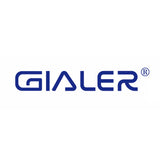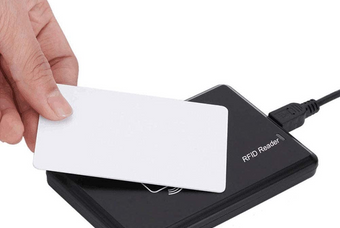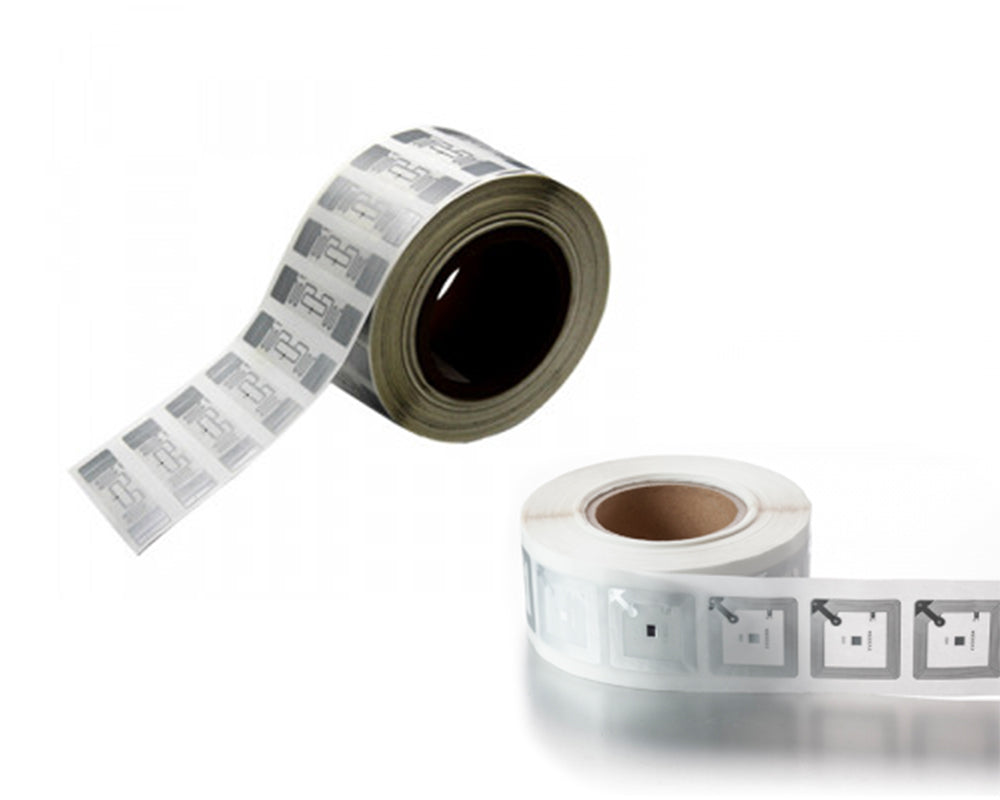RFID (Radio Frequency Identification) technology is widely used for tracking and identifying objects using radio frequency signals. RFID inlays are key components of RFID systems and consist of an RFID chip and an antenna. These inlays can be categorized into two main types: dry inlays and wet inlays. Let's explore their introduction and differences:
RFID Dry Inlay:
Introduction: Dry inlays are created by placing the RFID chip and antenna onto a substrate using a dry adhesive. The adhesive dries out, leaving the inlay ready for further processing or attachment to an object or surface.
Characteristics:
Thin and flexible: Dry inlays are typically thin and flexible, making them suitable for applications where the inlay needs to conform to various surfaces, such as labels or tags.
Easy to handle: The dry adhesive used in dry inlays allows for easy handling and application.
Limited durability: Dry inlays may be less resistant to harsh environmental conditions compared to wet inlays.
Applications: Dry inlays are commonly used in applications such as inventory management, supply chain tracking, access control, and retail item tagging.
RFID Wet Inlay:
Introduction: Wet inlays, also known as wet inlay precursors or wet inlay sheets, are created by attaching the RFID chip and antenna to a substrate using a wet adhesive, such as glue or adhesive film.
Characteristics:
Moist adhesive layer: Unlike dry inlays, wet inlays have a moist adhesive layer, as they are not fully dried during the manufacturing process.
Enhanced durability: Wet inlays are often more durable and resistant to harsh environmental conditions due to additional processing steps, such as lamination or encapsulation, that protect the electronic components.
Stiffer structure: Wet inlays tend to have a stiffer structure compared to dry inlays.
Applications: Wet inlays are commonly used in applications that require higher durability and resistance to harsh conditions, such as industrial asset tracking, outdoor equipment tagging, and automotive applications.
Both dry and wet inlays can be encoded with unique identification numbers or other data during the manufacturing process. This data can be wirelessly read and communicated to an RFID reader or scanner using radio frequency signals. The range of communication between the inlay and reader depends on factors such as the operating frequency and power of the RFID system.
It's worth noting that the terms "dry inlay" and "wet inlay" are primarily used in the RFID industry to describe different manufacturing processes. From a user's perspective, the final product, whether it's a dry or wet inlay, serves the same purpose of enabling wireless identification and tracking through RFID technology.
In summary, dry inlays are created using a dry adhesive and are thin, flexible, and suitable for various surfaces. Wet inlays, on the other hand, use a wet adhesive and are often more durable, stiffer, and suitable for applications where resistance to harsh conditions is crucial. The choice between dry and wet inlays depends on the specific requirements of the application, including the environmental conditions, durability needs, and surface compatibility.









